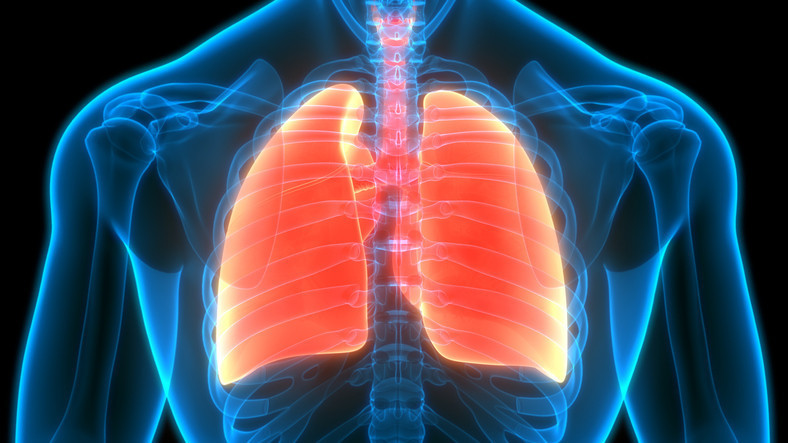Lung cancer remains the leading cause of cancer deaths worldwide, responsible for about 1.8 million fatalities in 2022. Although smoking continues to be the primary risk factor, recent findings reveal that up to 20% of lung cancer cases occur in individuals who have never smoked, highlighting the growing impact of environmental and genetic factors.
A review of 92 studies found that lung cancers in nonsmokers are often driven by specific genomic alterations and exposure to environmental pollutants. Most of these cancers were adenocarcinomas, commonly diagnosed around age 67—slightly younger than in smokers. The share of lung cancer among nonsmokers in the United States increased from 8% to nearly 15% between 1990 and 2013, with particularly high rates observed among Asian women.
Major environmental contributors include secondhand smoke, radon exposure, fine particulate air pollution (PM2.5), asbestos, and silica. Occupational hazards and prior chest radiotherapy also increase risk. Family history plays a significant role, with individuals having a first-degree relative with lung cancer showing a 51% higher likelihood of developing the disease. Genetic predispositions such as clonal hematopoiesis further elevate susceptibility.
Importantly, lung cancers in nonsmokers often harbor “actionable” genetic mutations. Around 40–60% of these tumors have EGFR mutations, while others exhibit ALK, ROS1, RET, ERBB2, or NTRK gene fusions. These specific alterations make tumors highly responsive to targeted therapies. For instance, adjuvant treatment with osimertinib for EGFR-mutant lung cancer increased four-year disease-free survival to 70% compared with 29% for standard care. Similarly, alectinib therapy for ALK-positive disease achieved a two-year disease-free survival rate of 93.8% compared with 63% with chemotherapy.
Despite these advances, immunotherapies such as PD-1 and PD-L1 inhibitors show limited effectiveness in patients with EGFR or ALK mutations, particularly among never smokers. Screening recommendations for nonsmokers remain inconsistent. While the US Preventive Services Task Force does not recommend low-dose CT scans for this group, Taiwan has initiated biennial screenings for high-risk nonsmoking populations.
Researchers emphasize that recognizing lung cancer in nonsmokers requires heightened awareness among clinicians and the public. Early diagnosis, genetic testing, and personalized treatment strategies are crucial to improving survival outcomes for this growing patient population.

